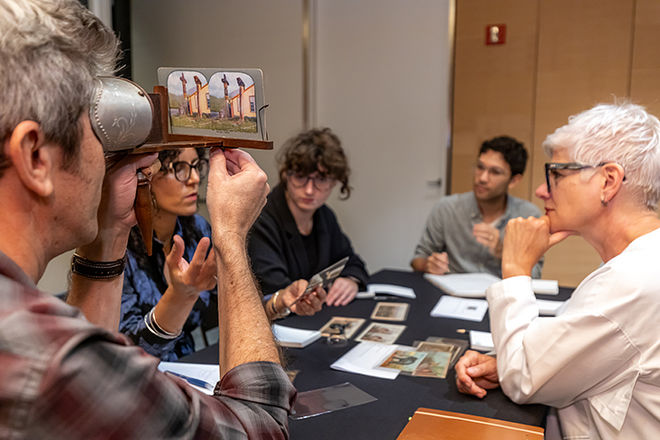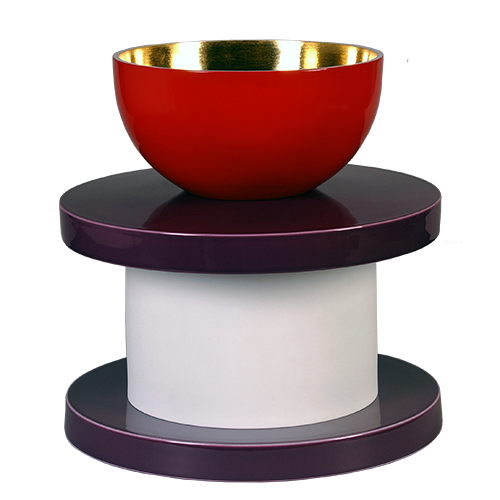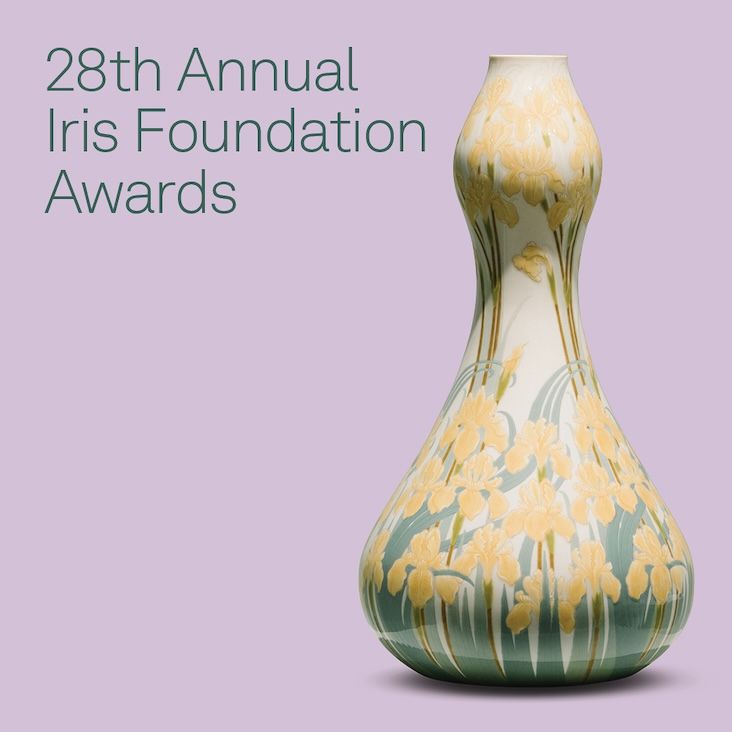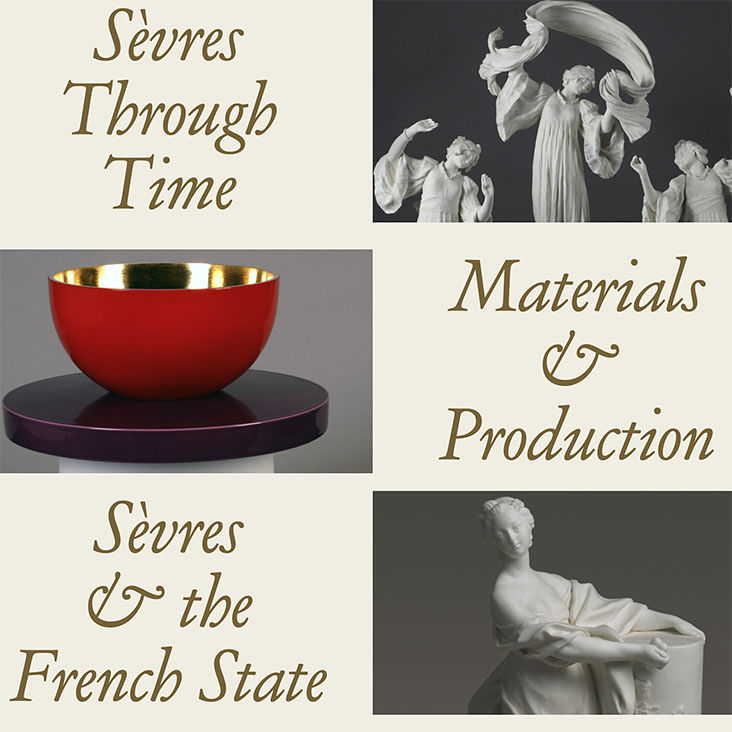Jeremy John spoke at the Trehan Lectures in Islamic Arts and Material Culture series on Wednesday, March 5, 2015. His talk was entitled “‘The Magnificent Seven’: The Great Fāṭimid Rock Crystal Ewers.”
The rediscovery in 2008 of a spectacular medieval Islamic rock crystal ewer, forgotten since the mid-19th century, provided the catalyst for the reexamination of all of the surviving rock crystal ewers—the “Magnificent Seven”—carved for the Fatimid caliphs of Cairo in about the year 1000. The speaker, Jeremy Johns, and his colleague Elise Morero, are on the verge of completing a new multidisciplinary study of the Magnificent Seven and related artefacts, which is intended to be the first phase of a much wider project to examine the medieval Islamic carved rock crystal “industry”. Not only have they used the traditional techniques of stylistic analysis and have returned to the written sources for the production and life histories of the ewers, but also they have subjected all seven for the first time to detailed archaeometrical and tribological analyses, and have drawn upon ethnographical studies, archaeological excavation, and experimental archaeology to interpret their new findings. The lecture gave a concise overview of their progress to date, and attempts to replace the ewers back into the socio-economic context from which they were produced. It is copiously illustrated with new images of these extraordinary artefacts, revealing hidden detail that puts us in touch with the hands of the craftsmen that made them.
Jeremy Johns is Professor of the Art and Archaeology of the Islamic Mediterranean and Director of the Khalili Research Centre (KRC) for the Art and Material Culture of the Middle East in the University of Oxford. He is principally interested in relations between Muslim and Christian societies in the medieval Mediterranean as manifested in material and visual culture. His research has focused upon the archaeology of the transition from late antiquity to early Islam in the Levant and, especially, upon the archaeology, history and art history of Sicily under Islamic and Norman rule, from the Muslims’ conquest of the island in the 9th century to the destruction of the Islamic community of Sicily by Frederick II. His recent and forthcoming publications include the first comprehensive study of the Islamic painted ceilings of the Cappella Palatina in Palermo, and editions and studies of Arabic and bilingual documents from Norman Sicily. Amongst other projects, with Dr Elise Morero (KRC), he is currently engaged on a multidisciplinary study of the medieval Islamic carved rock crystal “industry” (
http://krc.orient.ox.ac.uk/krc/).











